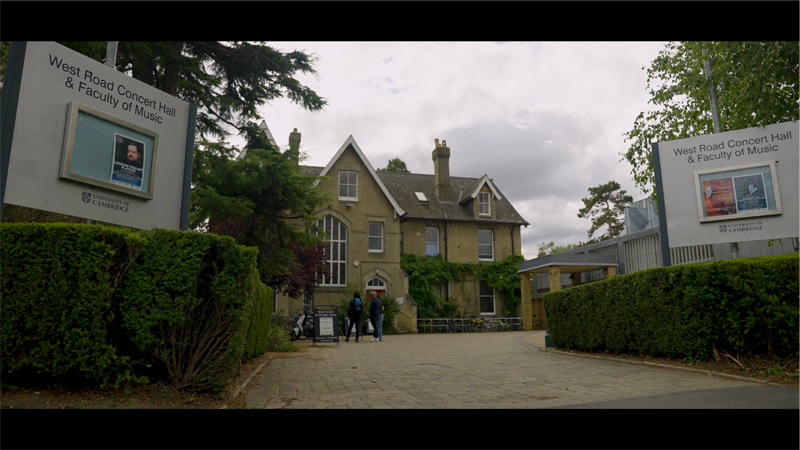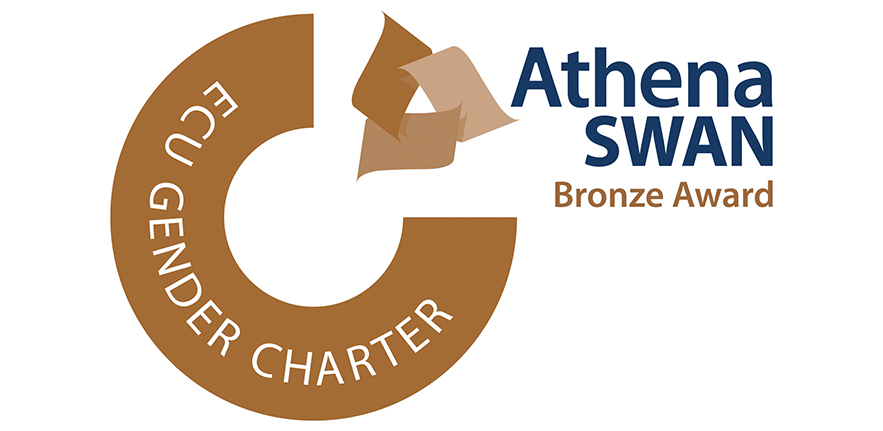Abstract
Scholarly tradition reveals a preference for reading the monotonal expositions of Chopin’s early sonatas (Opp. 4, 8 and 11) as unsuccessful attempts at a more normative dual-tonal structure owing to their lack of establishment of an expected secondary key. Writing on the Op. 11 Piano Concerto, Donald Francis Tovey dismissed the solo exposition’s harmonic scheme – which places the second theme in the parallel major – as a ‘suicidal plan’ since the lack of tonal contrast sets up potentially insurmountable problems for the remainder of the movement. This critical tendency persists in more recent scholarship, where Opp. 4 and 8 align with Sonata Theory’s concept of the ‘failed exposition’, the designation of which hinges on the absence of a Perfect Authentic Cadence (PAC) in a non-tonic key near the end of the exposition.
Yet this critical consensus masks a considerable variation in the degree of non-modulation that these works can be said to enact and underplays the role of embedded harmonic events in their generation of a dialogue between keys. In response, this paper develops a ‘spectrum of expositional modulation’ by proposing a set of contributing criteria for classifying the stability of secondary tonal areas that builds on the work of Graham Hunt (2009 and 2014) and Aaron Grant (2022). In so doing, it challenges the prevailing monotonal reading of these and similar expositions and clarifies the alternative means through which Chopin achieves tonal and expressive differentiation in these works, thereby expanding the tonal possibilities of the sonata. It further considers the ramifications of this tendency for formal classification, in particular the categories of the continuous versus the two-part exposition, a distinction which is considerably muddied in an apparently non-modulatory expositional environment. In presenting alternative readings which problematise the distinction between these two categories, this paper ultimately celebrates the rich ambiguities that accompany formal classification of nineteenth-century repertoire – those that compel us to question and re[de]fine established theoretical predispositions.
Bio
Anne Hyland is Senior Lecturer in Music Analysis at the University of Manchester and Associate Editor of Music Analysis. She has published articles on the analysis, reception history, and editing of nineteenth-century chamber and piano music; theories of musical form and formal hybridity; musical temporality, and intersections between music historiography, theory and analysis in the music of Hummel and Onslow in such venues as Music Analysis (2009 and 2022), Eighteenth-Century Music (2015), Music Theory Spectrum (2016) and Music Theory and Analysis (forthcoming). She is the author of Schubert’s String Quartets: the Teleology of Lyric Form (Cambridge University Press, 2023) and has contributed chapters to six edited volumes on the composer. The recipient of a British Academy/Leverhulme Trust research grant for a project investigating micro-theories of Romantic form in the nineteenth-century Viennese string quartet, Anne is at present engaged in a collaboration with the University of Toronto on an off-shoot of that project.
Date:
Wednesday, 28 February, 2024 - 17:00
Subject:



